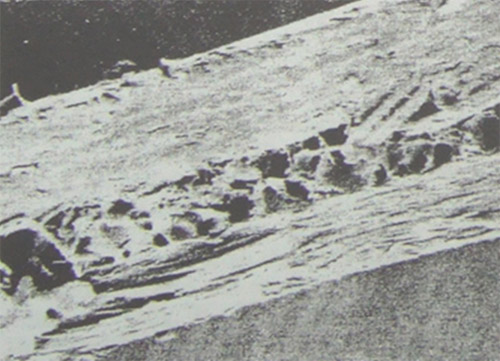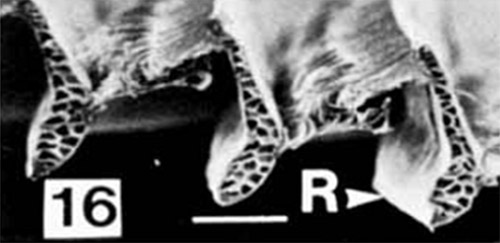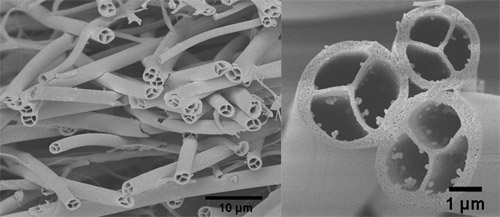Birds use them to reduce the weight of their feathers. Polar bears rely on them to keep warm in the Arctic cold. Now scientists in Institute of Chemistry, China report what they believe to be the first easy, straightforward method for making the kind of multi-channel microtubes found in birds, polar bears and other animals.
A group lead by Prof. Lei Jiang describe the new electrojet spinning technique in an article of the J. Am. Chem. Soc.(2007, Vol. 129, No. 4, p. 764-765). The advance in biomimic materials — a field that aims to copy useful features found in nature — could be used to produce super-lightweight and extraordinarily warm textiles, multi-component drug deliver devices, highly efficient catalysts and other commercial products.
It is a very simple and powerful multifluidic compound-jet electrospinning technique for fabricating biomimic multichannel microtubes that have been seldom obtained with other methods. They used the new spinning process to make tubes with 2, 3, 4 and 5 separate interior channels. In addition to offering multiple channels in one tube, the structures promise to be stronger with other advantages over single-channel microtubes.
J. Am. Chem. Soc.(2007, Vol. 129, No. 4, p. 764-765)

Figure1. Feathers of bird (grus grus).

Figure2. Hair of polar bear.

Figure3. 3-channel microtubes in large scale and in detail.

Figure14. 2, 3, 4, 5-channel microtubes. , |
